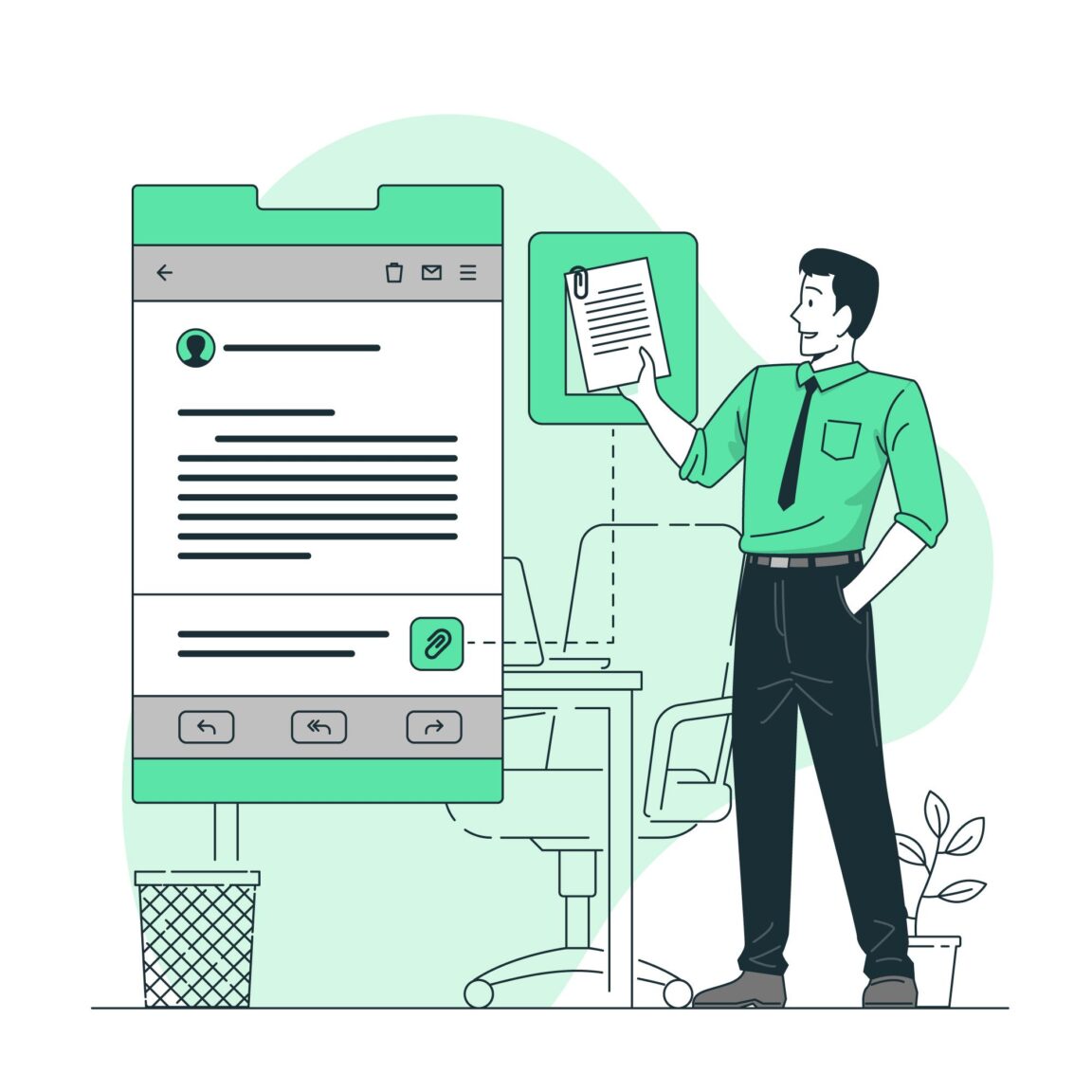The digital landscape continues to evolve, and one of the significant advancements in web development is the Single Page Application. SPAs have revolutionized the way users interact with web applications, offering a seamless and dynamic experience that traditional multi-page applications often fail to deliver. This article delves into the rise of SPAs, their benefits, and why they have become a popular choice among developers and businesses alike.
What is a Single Page Application?
A Single Page Application is a web application that interacts with the user by dynamically rewriting the current page rather than loading entire new pages from the server. This approach makes the user experience more fluid and responsive, as only the necessary data is fetched and updated. SPAs leverage JavaScript frameworks such as Angular, React, and Vue.js to create a smooth and engaging interface.
The Emergence of SPAs
The concept of SPAs has been around for a while, but it gained significant traction with the advent of modern JavaScript frameworks. These frameworks enable developers to build complex and highly interactive user interfaces with ease. As the demand for more responsive and faster web applications grew, SPAs became the go-to solution for many developers.
Key Benefits of Single Page Applications
1. Faster Load Times
One of the most notable benefits of SPAs is their speed. Since SPAs load only the necessary content and resources, they significantly reduce the amount of data transferred between the client and server. This results in faster load times and a smoother user experience, which is crucial in retaining user engagement.
2. Enhanced User Experience
SPAs offer a more interactive and engaging user experience. By updating only specific parts of the page, SPAs eliminate the need for full page reloads, which can be disruptive. This continuous flow of information creates a more enjoyable browsing experience for users.
3. Simplified Development
Developing SPAs can be more straightforward compared to traditional multi-page applications. With the help of modern JavaScript frameworks, developers can create reusable components and manage the application state more efficiently. This modular approach speeds up the development process and makes maintaining the application easier.
4. Improved Performance
SPAs often perform better than their multi-page counterparts due to their ability to cache data effectively. Once the initial load is complete, SPAs can function offline or with limited connectivity by utilizing cached data. This capability enhances the application’s performance, particularly in low-bandwidth scenarios.
Visit:- Guest Post CA
5. Seamless Transition and Navigation
SPAs provide seamless transitions and navigation between different sections of the application. By leveraging client-side routing, SPAs offer a more app-like experience, which is increasingly preferred by users accustomed to mobile applications.
Popular Use Cases for SPAs
SPAs are suitable for various applications, particularly those requiring high interactivity and real-time updates. Some common use cases include:
- Social Media Platforms: Social networks like Facebook and Twitter use SPAs to deliver real-time updates and interactive features without the need for page reloads.
- Project Management Tools: Applications like Trello and Asana benefit from the dynamic nature of SPAs, allowing users to manage tasks and projects efficiently.
- E-commerce Websites: Many e-commerce platforms utilize SPAs to provide a seamless shopping experience, with features like dynamic product filters and real-time inventory updates.
Challenges and Considerations
While SPAs offer numerous benefits, they are not without challenges. One primary concern is SEO (Search Engine Optimization). Since SPAs load content dynamically, search engines may struggle to index the content correctly. However, techniques such as server-side rendering (SSR) and prerendering can mitigate this issue.
Another consideration is the initial load time. Although SPAs generally offer faster subsequent load times, the initial load can be slower due to the need to download the entire JavaScript framework and application code. Optimizing the code and utilizing lazy loading techniques can help address this challenge.
Conclusion
Single page apps have become a cornerstone of modern web development, providing a faster, more responsive, and engaging user experience. As technology continues to advance, the popularity of SPAs is expected to grow, driven by the demand for seamless and dynamic web applications. By understanding the benefits and challenges of SPAs, developers can harness their full potential to create cutting-edge web experiences.







Comments
0 comments